How to Get Rid of Weeds in Your Lawn With 8 Easy Methods
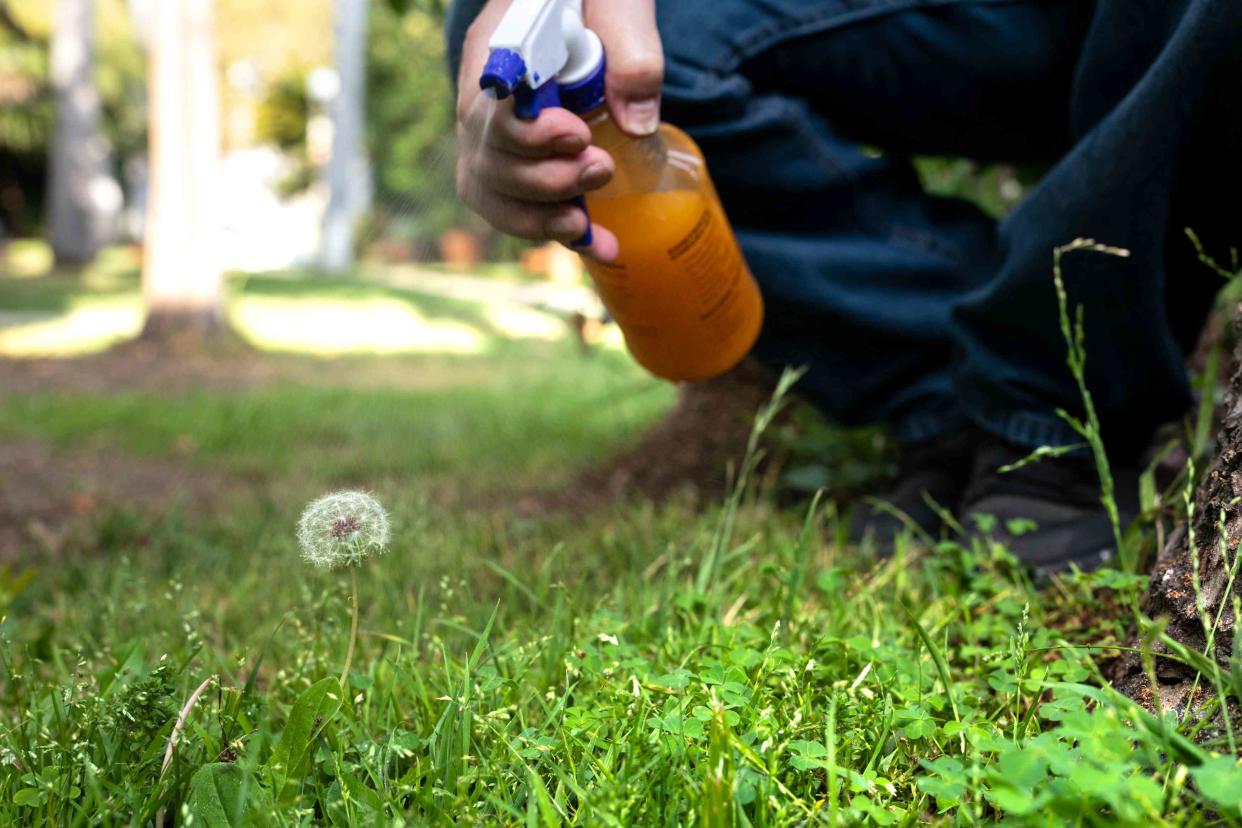
The Spruce / Jayme Burrows
If you want to maintain a well-manicured lawn, dealing with a pop-up of weeds can be a true nuisance. But, you'll want to use the right method when handling weeds in grass as opposed to in driveways or sidewalks, as you want to maintain a healthy lawn, too.
It can be a struggle to find a safe solution for weeds in grass, as you might be justly concerned with hurting your lawn in the process.
We offer eight effective ways to get rid of weeds in grass, ranging from natural methods to proper chemical methods to employing the safest approach of all: prevention.
How to Use Chemical Methods to Control Weeds in Grass
When selecting a chemical weed killer, consider the two kinds: post-emergent and pre-emergent types.
Post-emergent weed killers have two types, which are selective herbicides and non-selective. Selective will ensure just the weeds die off, while non-selective can't make any promises that grass won't be harmed in the process.
Each has its place in getting rid of weeds in grass, although using a non-selective herbicide on a lawn should be considered the method of last resort.
Selective, Post-Emergent Herbicides
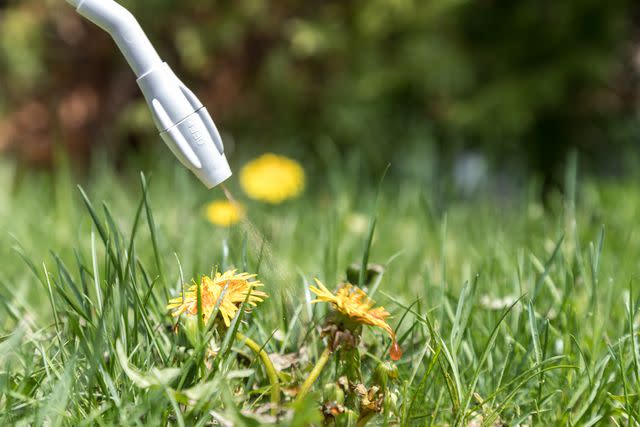
Onofokus / Getty Images
Use post-emergent herbicides when the weeds you want to get rid of are already present. The selective ones target only certain plants, leaving the rest unharmed.
This herbicide ensures weeds die and grass doesn't. Read the instructions on the package before buying, as some herbicides are meant to be used on particular types of grass and not on others.
Non-Selective, Post-Emergent Herbicides
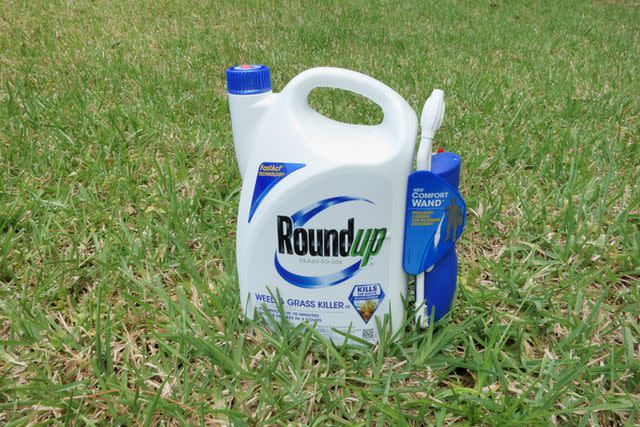
A glyphosate-based product is an example of a non-selective herbicide. Capable of killing just about anything, it's risky to use around plants you want to keep (including your grass).
In fighting lawn weeds, it is useful only for spot treatments. Even then, be careful to choose a day that's not windy for spraying a non-selective herbicide, so that none of it accidentally blows onto your grass.
Pre-Emergent Herbicides
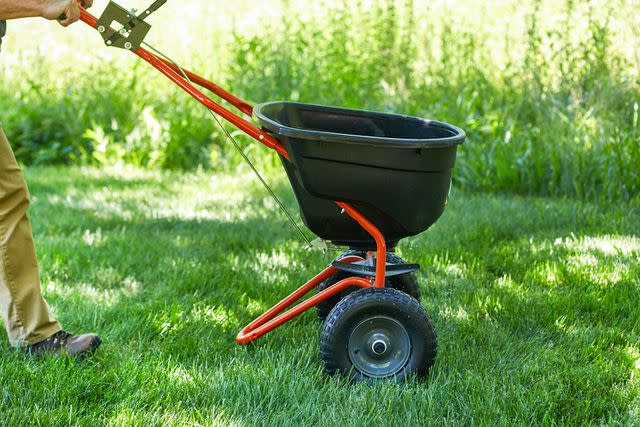
The Spruce / Adelyn Duchala
Using pre-emergent herbicides can be a smart method of weed control. The idea is to be proactive: you address the weed at its source (its seed). Pre-emergent herbicides work by inhibiting root development immediately after a seed germinates.
Many "weed and feed" products meant to be applied in spring with a fertilizer spreader contain pre-emergent herbicides designed to stop crabgrass before it can even emerge.
One problem with such a spring application is that you may have to avoid sowing grass in spring, since the pre-emergent herbicide will also inhibit your grass seed from putting down roots after it germinates.
Want more gardening tips? Sign up for our free gardening newsletter for our best-growing tips, troubleshooting hacks, and more!
How to Control Weeds Naturally in Your Lawn
There are cons to using chemical methods to get rid of weeds in your grass, particularly if pets and children frequent your lawn. In this case, you may prefer controlling weeds naturally.
3 Important Tips for Natural Weed Control
If you can't be bothered with sprays, keep it simple by hand-pulling or digging weeds out.
You can try some alternative herbicides, like vinegar, bleach, or baking soda. But, these popular herbicides are non-selective—this makes them useful only for spot treatments.
Give your grass every possible advantage so that it will out-compete weeds.
Hand-Pulling

Kelli Jo Emanuel / BHG
The most basic mechanical method for getting rid of weeds in grass is pulling them out by hand. However, this method isn't always feasible—for example, it doesn't work with a dandelion, which has a long taproot that you won't be able to pull out simply by yanking on the plant's leaves.
Even for weeds that can be hand-pulled, it's best to moisten the soil before attempting. Water loosens the soil around the roots, and facilitates extraction.
Digging With a Tool
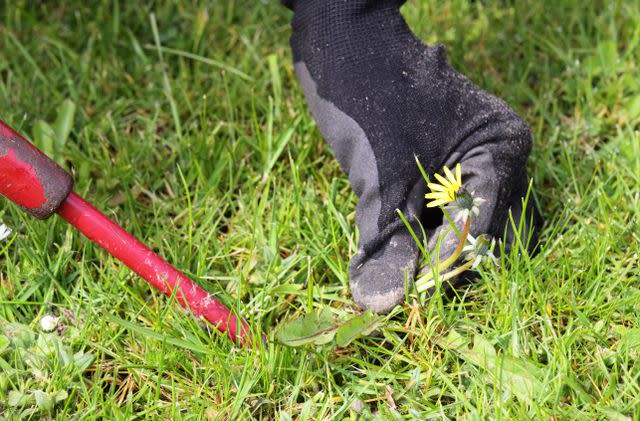
Because failure to remove its taproot will result in a dandelion coming back, you'll have to dig out a dandelion. One tool option is a shovel, but using a shovel results in removing a lot of grass and soil unnecessarily. A better choice is a specialized tool called a "dandelion puller."
Vinegar
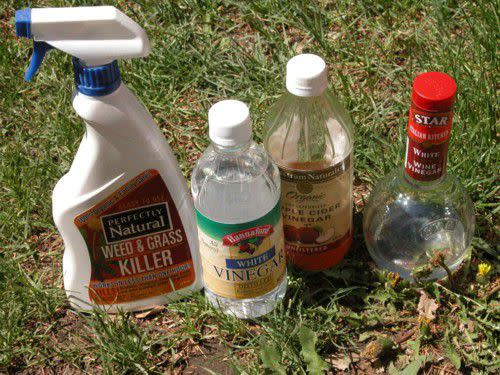
Vinegar is a natural herbicide. The con here is that it's non-selective, so it will kill your grass, too. If you wish to use it in spot treatments, buy the more potent type available in farmer's supply stores.
Boiling Water
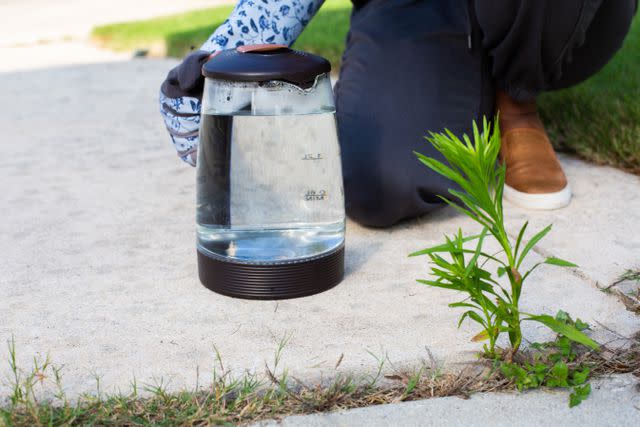
The Spruce / Liz Moskowitz
As with vinegar, the con to this natural herbicide is that it's non-selective, so it will kill your grass, too. This limits its use in the lawn to spot treatments.
When Boiling Water Won't Work
This popular natural herbicide has another limitation: often, it isn't strong enough to kill tough perennial weeds.
Preventive Measures
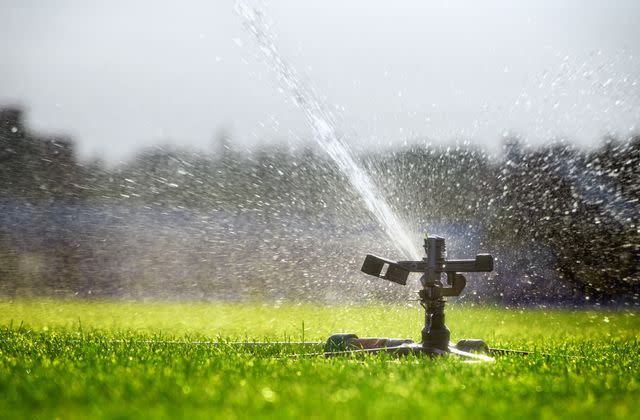
Artur Nichiporenko / Getty Images
The biggest pro with preventive measures is that these are actions you should be taking anyway to ensure lawn health.
The fact that a healthy lawn is a deterrent to weed growth is just a bonus. Anything that fosters a thick, lush lawn can be considered a preventive measure against weeds.
Proper mowing technique: This also includes mowing at the right time and mowing at the right height.
Providing the right amount of irrigation: Some weeds may tolerate drought better than your grass, plus weeds may tolerate soggy ground better than your grass. Strike the right balance when watering.
Removing thatch: Thatch is a mat-like layer of organic materials near a lawn's surface that has not yet broken down. It creates several problems for your lawn's health, including minimizing water intake. Depriving your grass of sufficient water can be an open invitation to the growth of drought-tolerant weeds.
10 Weeds You Might Spot in Your Lawn:
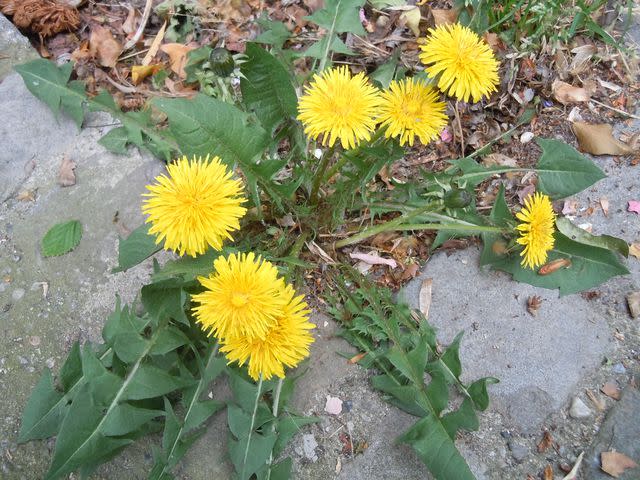
![Forest and Kim Starr [CC by 2.0]/flickr](https://s.yimg.com/ny/api/res/1.2/_0IOW2UbtmBEABchjwLXOA--/YXBwaWQ9aGlnaGxhbmRlcjt3PTk2MDtoPTcxNw--/https://media.zenfs.com/en/the_spruce_188/d34263cb17bf1b2b760c818c6135cb76)
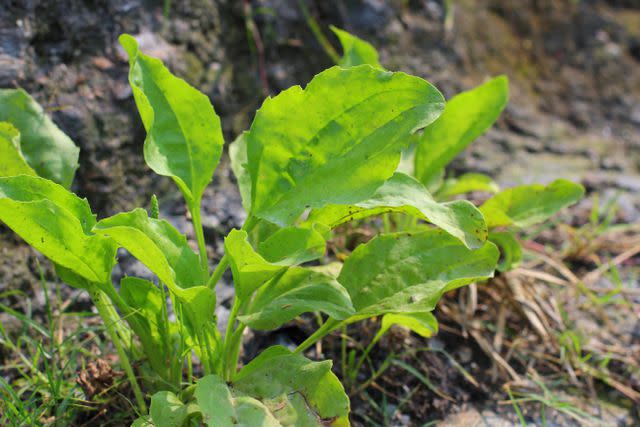
Cristóbal Alvarado Minic / Getty Images
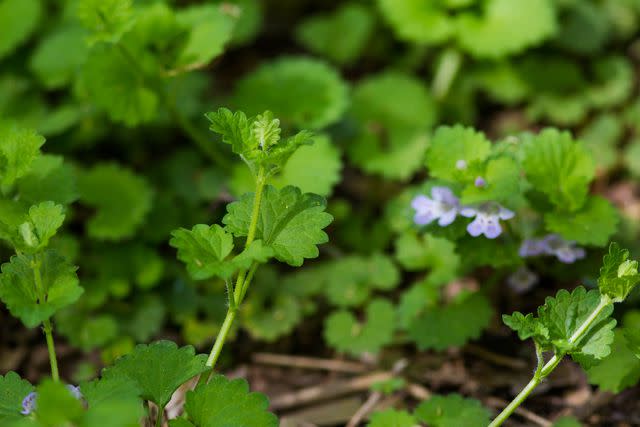
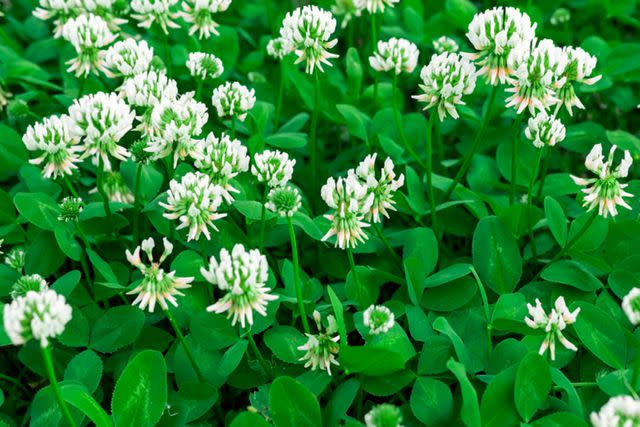
The Spruce / K. Dave
Chickweed
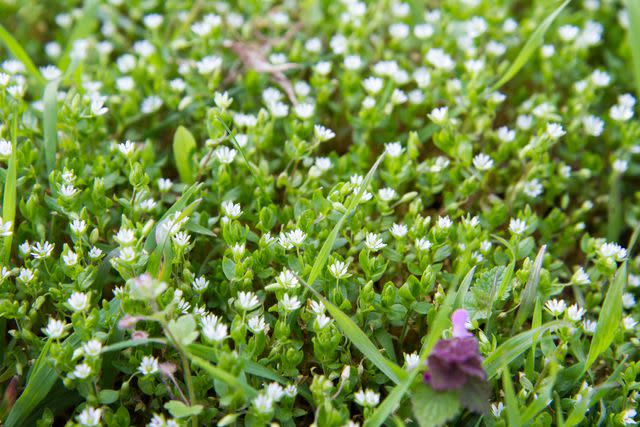
teine / Getty Images
Quackgrass
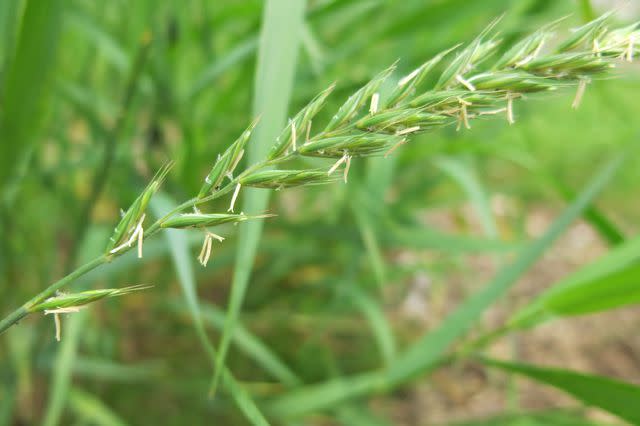
NY State IPM Program at Cornell University/Flickr/CC BY 2.0
Nutsedge
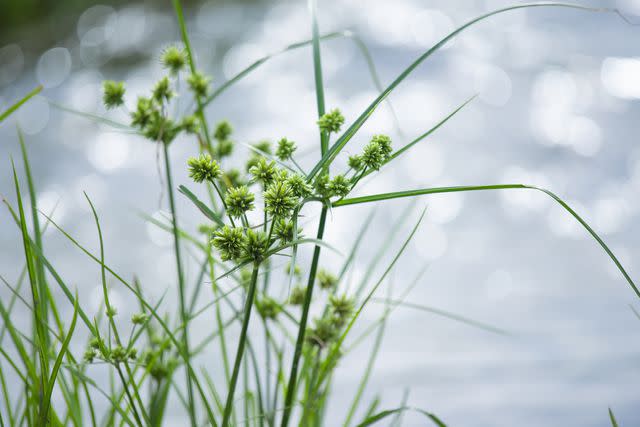
naotoshinkai / Getty Images
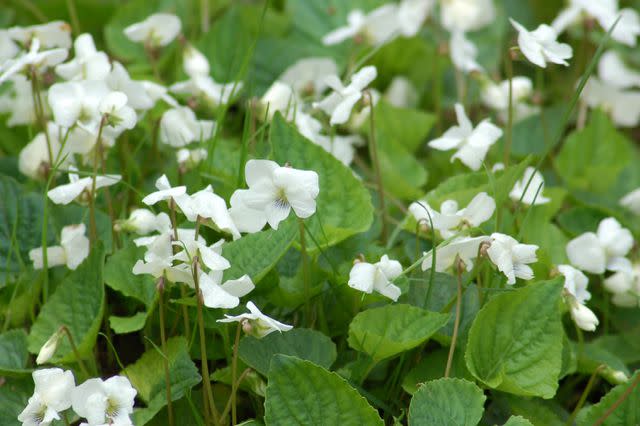
Black medic
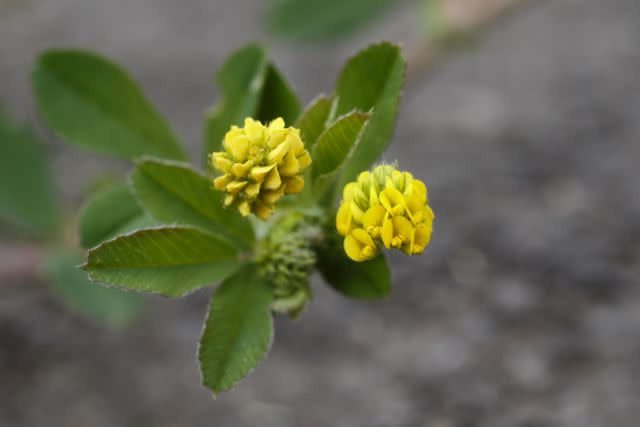
Frequently Asked Questions
What is the easiest way to get rid of weeds in your lawn?
The easiest way is through prevention. Maintaining a thick, lush lawn will save you money on weed control in the long run.
What herbicide kills weeds but not grass?
Several herbicides are designed to target the weeds in your lawn without killing the grass. Examples are the various "weed and feed" products.
Read the original article on The Spruce.

